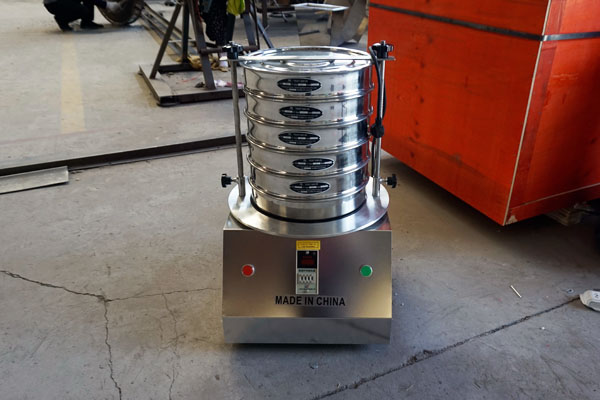
Sieve Shaker
Used in various laboratories and laboratories to detect and screen the particle size of powder and granular materials
Diameter: 75mm, 100mm, 200mm, 300mm, 400mm
Screening particle size: 0.038-3mm
Feeding amount: ≤200g
Screen material: Wire mesh/perforated screen/electroforming screen
What is Sieve Shaker?
Sieve Shaker (also known as standard test sieve, analytical sieve) is a device used for particle size classification and quality inspection of granular and powdery materials in laboratories and industrial production. It can screen to 0.025-3mm. It can separate mixed materials into 2-9 particle segments according to particle size through a combination of sieves with different mesh sizes. It is widely used in quality control and scientific research analysis in industries such as metallurgy, chemical industry, medicine, building materials, food, and geological exploration.
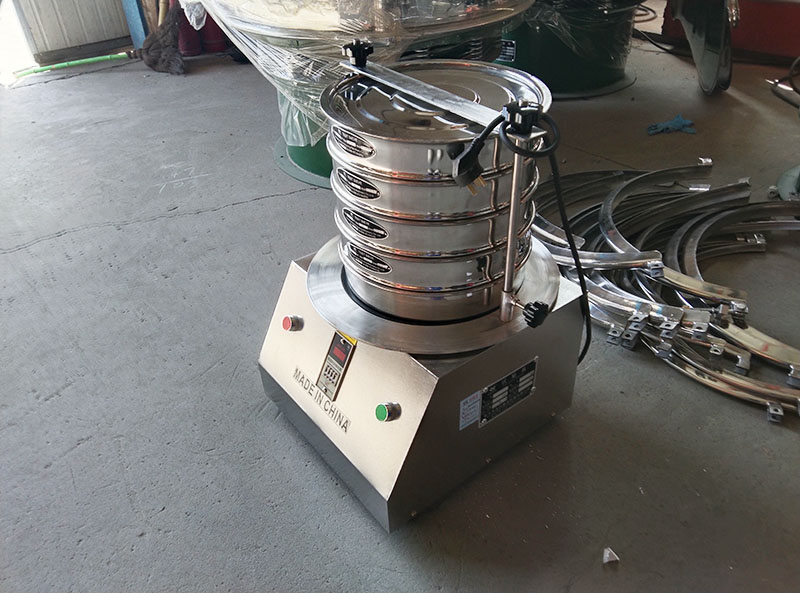
Sieve Shaker is made of SUS304/316L stainless steel, which is corrosion-resistant and resistant to high temperatures below 300℃. It is non-magnetic and can adapt to various screening needs from ordinary powders to strong acid and alkali environments. The materials are brass, stainless steel, or brass frame with stainless steel. The screen diameters are 75mm, 100mm, 200mm, 300mm and 400mm.
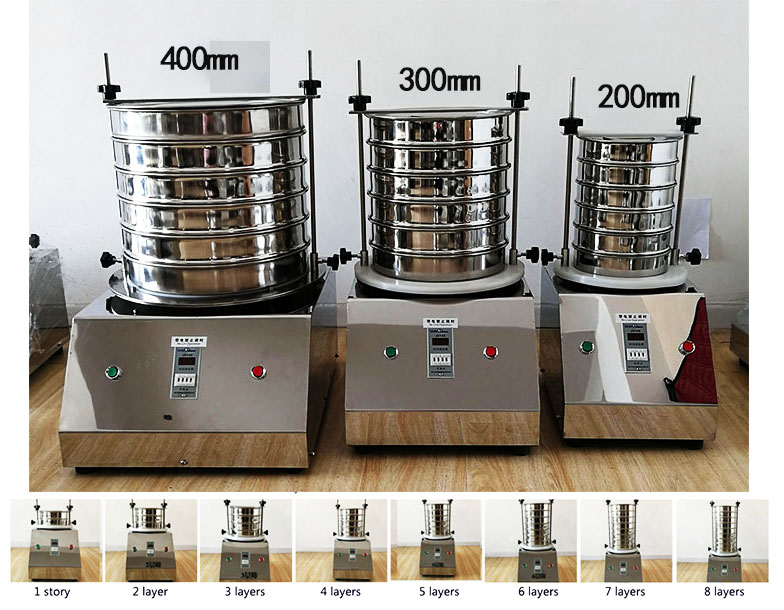
What types of Sieve Shaker are there?
Sieve Shaker can be divided into standard type and ultrasonic type according to different screening principles.
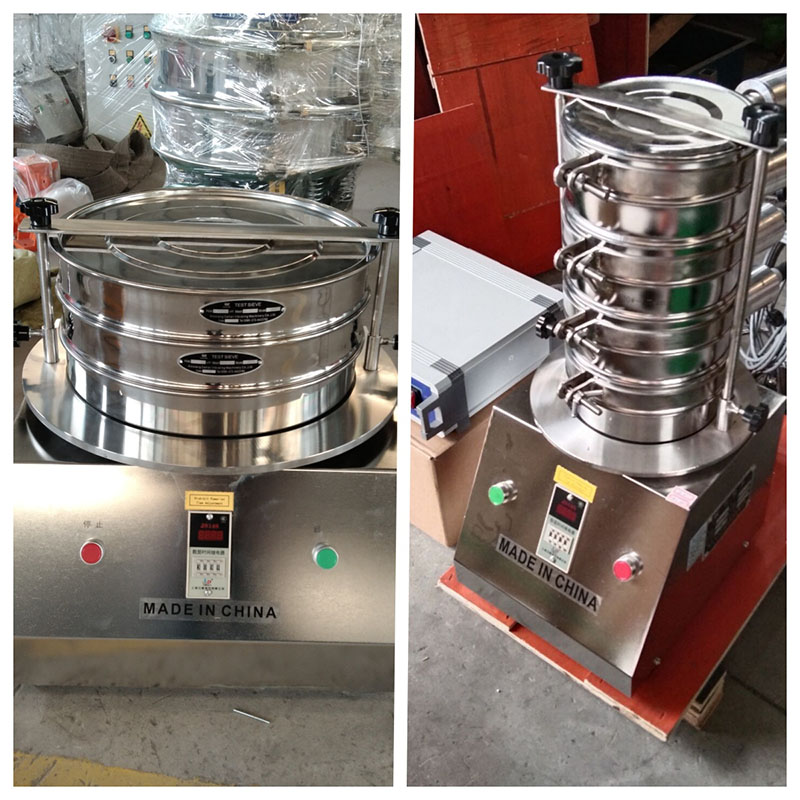
Standard Sieve Shaker: It uses a vertical vibration motor as the vibration source, and can screen different materials by adjusting the amplitude and frequency. It is suitable for most dry powders and granular materials.
Ultrasonic Sieve Shaker: It adds an ultrasonic resonance system on the basis of traditional vibration, which effectively solves the problem of mesh blockage caused by agglomeration and static electricity of fine powders. It is an ideal choice for screening ultrafine powders above 325 mesh.
Sieve Shaker can be divided into metal woven mesh, punching plate and electroforming according to the material and structure of the mesh

Metal wire woven mesh Sieve Shaker: It is the most widely used in both laboratory vibrating screens and industrial vibrating screens. It has the characteristics of low cost, wide application range, lightness and durability. The mesh shape of this kind of sieve can only be square holes, and the mesh specifications are between 2.36 mm and 0.02 mm.
Perforated Sieve Shaker: It is a test sieve grid that uses a punching machine to punch out sieve holes of fixed shape and size directly on steel plates or other sieve plate materials. It is very strong and suitable for materials with high density, large impact on the sieve surface, and irregular shapes.
Electroforming Sieve Shaker: This type of sieve is manufactured by electrochemical methods and has the highest precision. Theoretically, the precision can reach one micron, but the corresponding cost is also high. It has a good application in high-precision laboratory scenarios. Its disadvantages are poor flexibility, easy cracking, and high cost.
Recommended Sieve Shaker models for different material types
| Material type | Recommended Sieve Shaker type | Sieving difficulties | Solutions |
| Iron ore and other metal powders | Stainless steel mechanical vibration type | Material density is high, easy to wear the screen | Use thickened stainless steel screen, adjust the amplitude to the maximum |
| Medical powder | All stainless steel ultrasonic type | Easy to agglomerate, electrostatic adsorption | Ultrasonic high-frequency vibration breaks agglomeration |
| Chemical powder | Plastic mechanical vibration type | May be corrosive | Select material according to corrosiveness |
| Food powder | Stainless steel mechanical type | High hygiene requirements | All stainless steel material, easy to clean design |
| Ultrafine powder (<325 mesh) | Ultrasonic test sieve | The mesh is easy to clog | Ultrasonic + mechanical dual vibration |
What are the advantages of Sieve Shaker?
Sieve Shaker uses standardized sieves and strictly complies with international standards such as ISO 3310 and ASTM E11 to ensure the accuracy and repeatability of screening results. The sieve hole size tolerance is controlled at the micron level, which is much higher than that of ordinary industrial screening equipment. For example, the actual size error of a 200-mesh sieve (0.074mm aperture) does not exceed ±2μm. The sieve body is made of SUS304/316L stainless steel, which is integrally stretched and formed with a wall thickness of 0.6mm and a precision polished surface. It has the characteristics of corrosion resistance (pH1-14), high temperature resistance (-20℃ to 300℃), non-magnetic and easy to clean, and meets laboratory hygiene standards. The test sieve supports 1-12 layers of sieve frames working at the same time, and can separate 2-8 samples of different particle sizes at one time. A 5-layer sieve frame can divide the material into 2-13 particle size grades, which is 500% higher than a single-layer screening efficiency. The sieve frame adopts a precise positioning design, which can be stacked stably without deviation to avoid cross contamination.
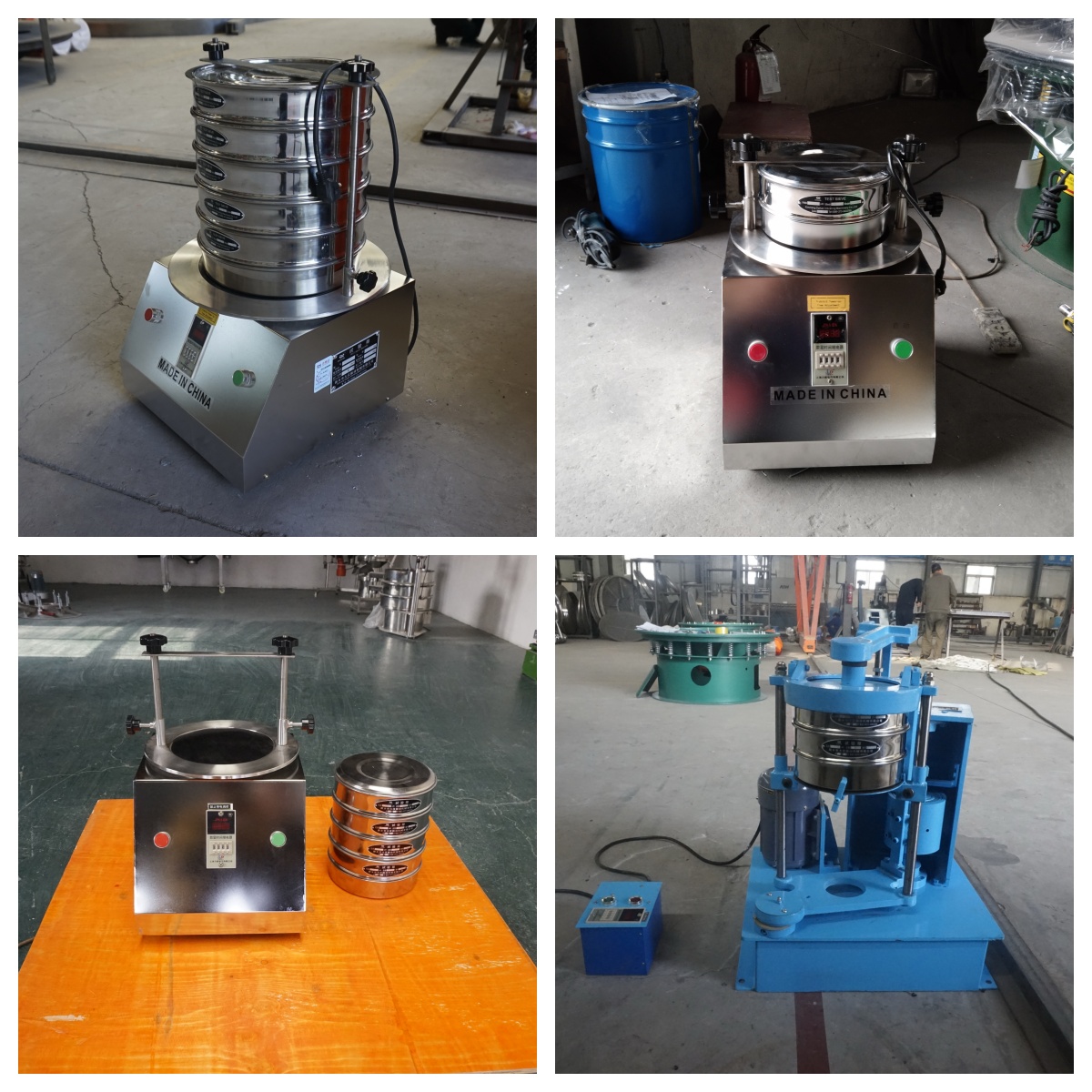
Sieve Shaker is equipped with an intelligent control system, digital display, timing function accurate to seconds, and stepless speed regulation function, which can adapt to the ideal screening frequency of different materials. At the same time, the equipment supports memory function, which can store the screening parameters of commonly used materials, greatly improving the experimental efficiency and operation convenience.
What is the working principle of Sieve Shaker?
Sieve Shaker uses a vibration motor as the vibration source of the whole machine. The vibration motor drives the upper vibration plate to vibrate, and then transmits it to the screen frame placed on the upper part of the vibration plate through the vibration plate. Then the screen frame with the mesh number to be detected will screen the material particles smaller than the screen aperture to the lower screen frame. In this way, only materials of the same particle size are left in each layer of the screen frame, so as to achieve the separation of different particle sizes and determine the particle size composition of this material, so that the material placed in the screen frame can be graded for detection. During the operation of the test sieve, the material moves horizontally and vertically on the screen to ensure that each particle has the opportunity to contact the screen hole.
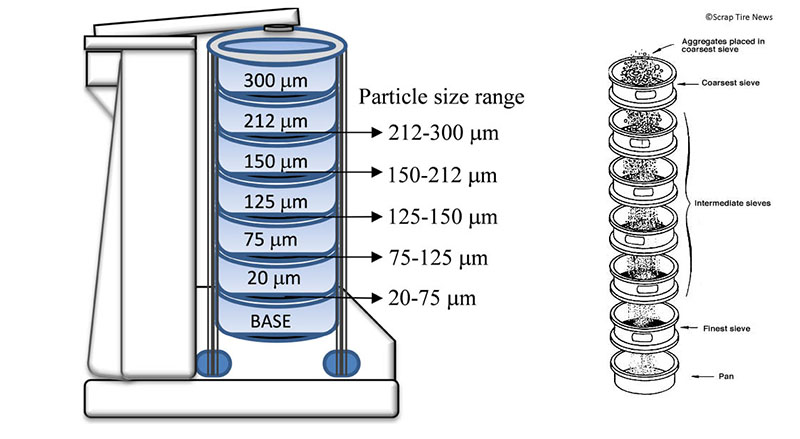
Sieve Shaker Technical Parameters
| No. | name | unit | parameter |
| 01 | frame | the number of layer | 1-8 |
| 02 | frame diameter | mm | &200 |
| 03 | sieve size | mm | 0.025-3 |
| 04 | noise | dB | less than 50 |
| 05 | amplitude | mm | 2-500 |
| 06 | vibration frequency | times/min | 1440 |
| 07 | outside dimension | LWH | 350*350*(300+n*5) |
| 08 | power supply | V;HZ | 200;50 |
| 09 | machine weight | kg | 2-500 |
| 10 | vibration motor | power | o.12kw |
Conversion of Sieve Shaker mesh and aperture
The mesh is the number of holes, that is, the number of holes per square inch. The larger the mesh, the smaller the aperture. Generally speaking, mesh × aperture (micrometers) = 15000.
For example, the aperture of a 400-mesh screen is about 38 microns; the aperture of a 500-mesh screen is about 30 microns. Due to the problem of opening rate, that is, because of the different thickness of the wire used when weaving the net, the standards of different countries are also different. There are currently three standards: American standard, British standard and Japanese standard. Among them, the British and American standards are similar, and the Japanese standards are quite different. The laboratory vibrating screen used in my country is the American standard, which can be calculated using the formula given above.
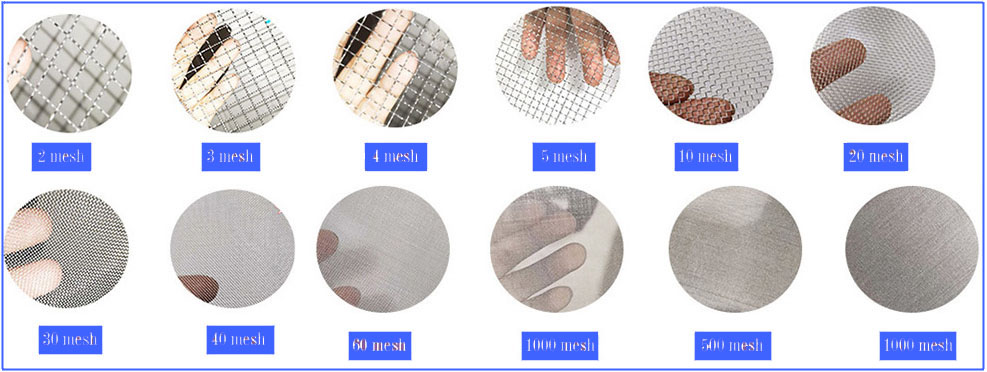
| Mesh number | Aperture﹙㎜﹚ | Mesh number | Aperture﹙㎜﹚ | Mesh number | Aperture﹙㎜﹚ | Mesh number | Aperture﹙㎜﹚ |
| 5 | 4 | 32 | 0.56 | 100 | 0.15 | 280 | 0.055 |
| 6 | 3.2 | 35 | 0.5 | 120 | 0.125 | 300 | 0.050 |
| 8 | 2.5 | 40 | 0.45 | 140 | 0.105 | 320 | 0.045 |
| 10 | 2.0 | 45 | 0.4 | 150 | 0.10 | 325 | 0.043 |
| 12 | 1.6 | 50 | 0.335 | 160 | 0.098 | 360 | 0.040 |
| 14 | 1.43 | 55 | 0.315 | 180 | 0.09 | 400 | 0.0385 |
| 16 | 1.25 | 60 | 0.3 | 190 | 0.080 | 500 | 0.030 |
| 18 | 1.0 | 65 | 0.25 | 200 | 0.074 | 600 | 0.025 |
| 20 | 0.9 | 70 | 0.224 | 220 | 0.065 | 800 | 0.020 |
| 24 | 0.8 | 75 | 0.2 | 240 | 0.063 | 1000 | 0.015 |
| 26 | 0.7 | 80 | 0.18 | 250 | 0.061 | 1250 | 0.010 |
| 30 | 0.6 | 90 | 0.16 | 260 | 0.057 | Bottom cover |
What are the structures of Sieve Shaker?
Sieve Shaker is composed of fixed brass nuts, pressure plates, screen covers, screen frames, middle screen frames, screen bottoms, equidistant adjustment rods and other components. All components are made of SUS304 stainless steel and refined, and are flexible to match and have high interchangeability.
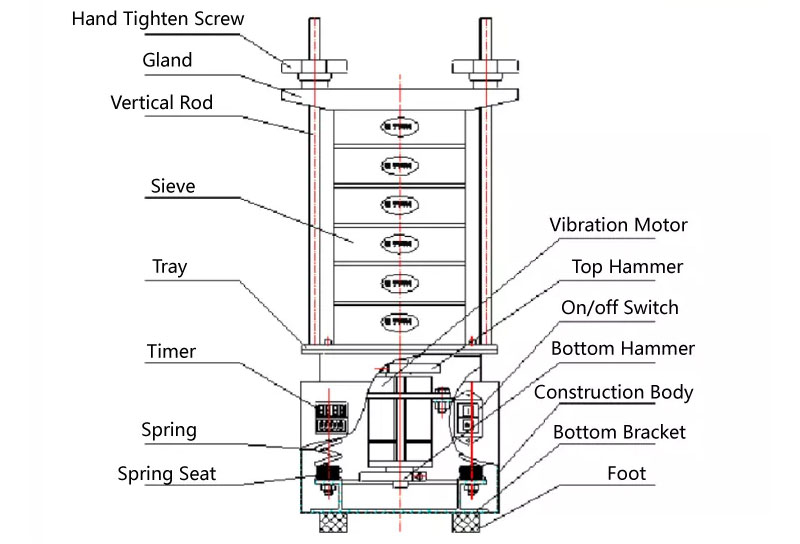
Power system: vertical vibration motor (voltage 220V, power 0.125KW) generates multi-element high-frequency vibration
Sieve frame assembly: including screen cover, screen frame, middle screen frame and screen bottom, all made of SUS304 stainless steel, with precise matching and no leakage
Control system: electronic timer accurately controls the screening time to ensure the repeatability of experimental results
Fastening system: equidistant adjustment rods and special compression nuts to ensure that the screen group is stable and not loose during screening
Machine base: heavy steel structure, lined with anti-vibration rubber, effectively reducing noise and vibration transmission
What are the applications of Sieve Shaker?
Sieve Shaker is widely used in scientific research units, laboratories, inspection rooms, production control, etc. in food, medicine, chemical industry, abrasives, pigments, mining, metallurgy, geology, ceramics, national defense and other industries for inspection and analysis.
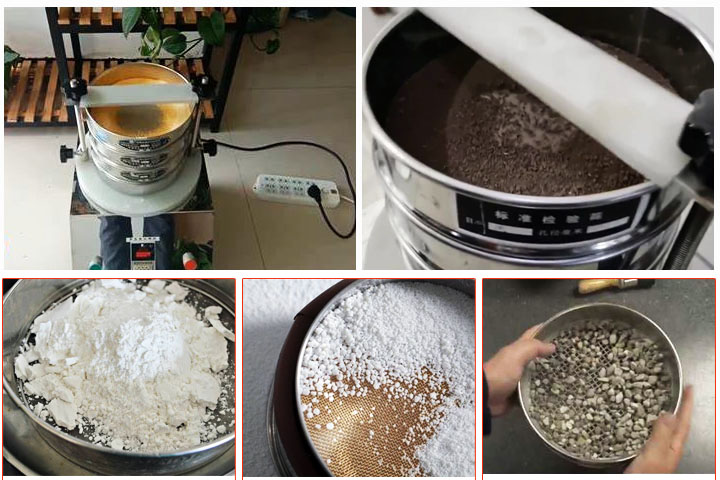
Food industry: sugar, MSG powder, salt, juice, starch, milk powder, food, soy milk, egg powder, rice flour, soy sauce, fish meal, pineapple juice, etc.
Metallurgical industry: carbon black, cosolvent, activated carbon, pearl, etc.
Chemical industry: resin, coating, medicine, pharmaceutical, cosmetic, fire extinguisher, plastic powder, abrasive glass, etc.
Ceramic industry: abrasive, alumina, porcelain slurry, clay slurry, glass powder, refractory material, quartz sand, PVC resin powder, citric acid, polyethylene powder, washing powder, etc.
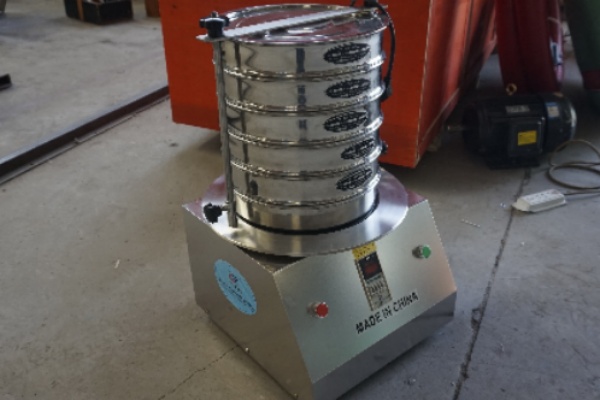
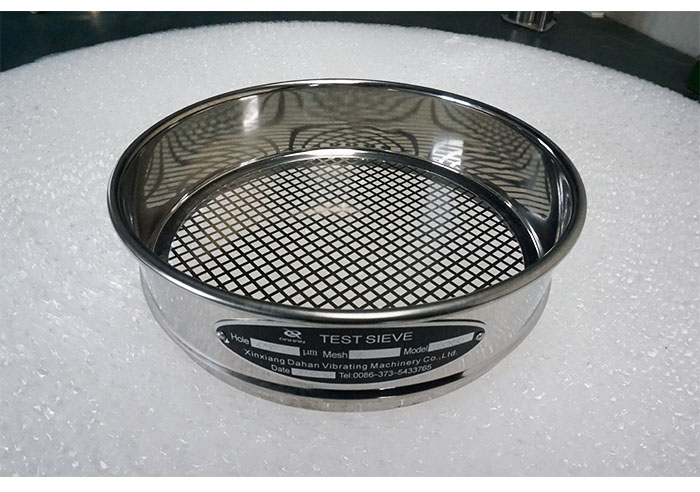 Sand Test Sieve
Sand Test Sieve